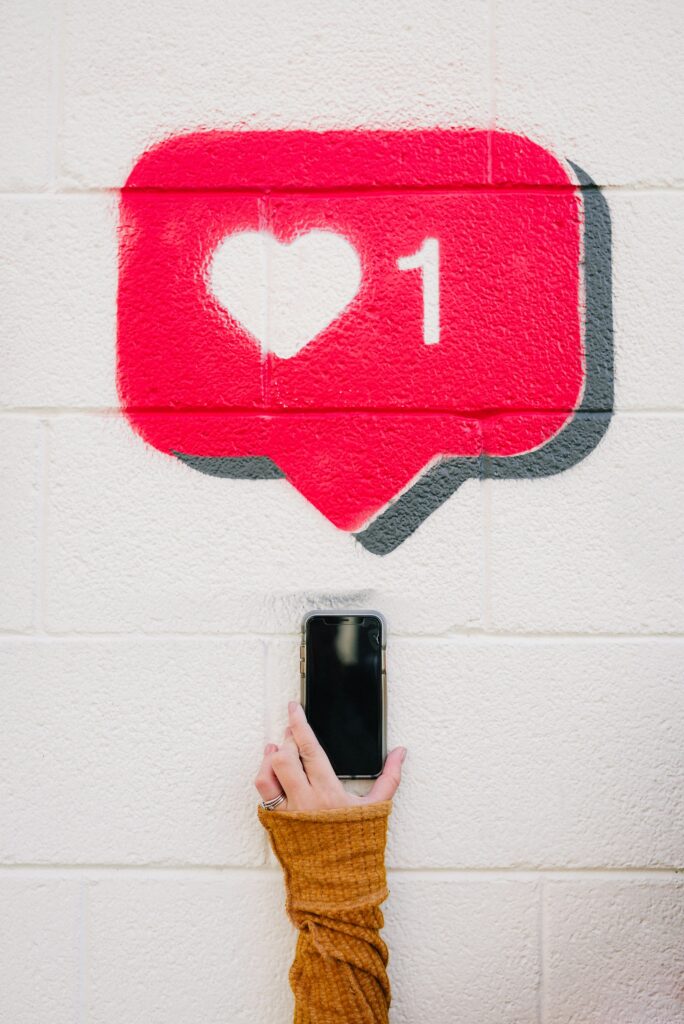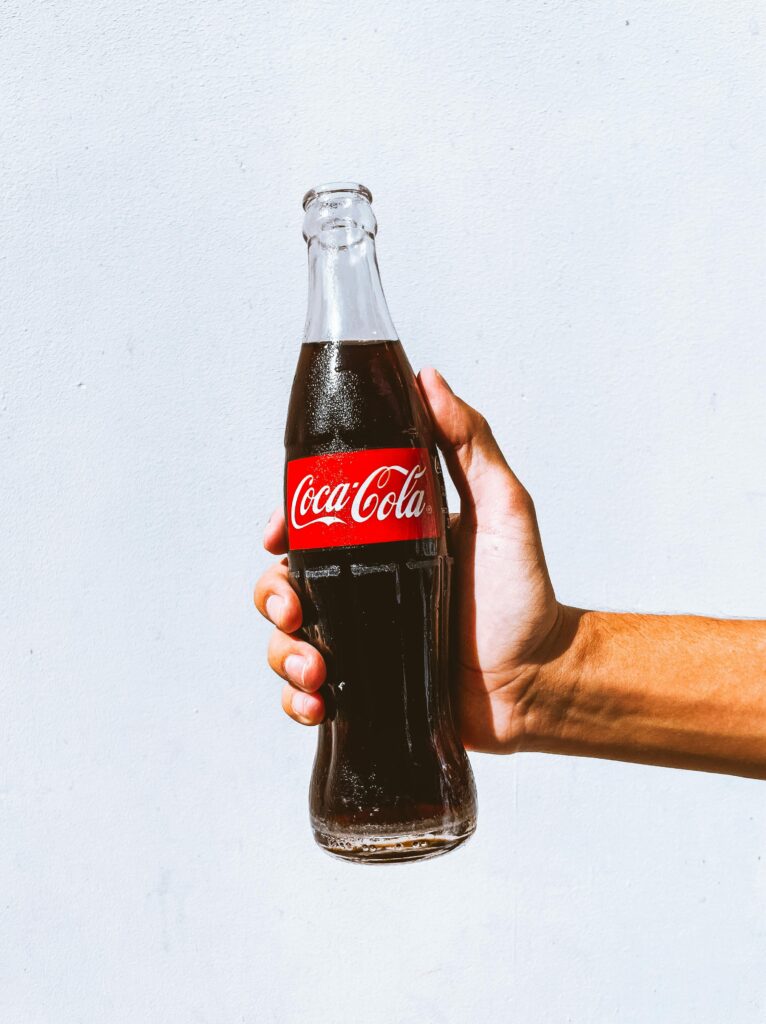Founded in 2022 by Hailey Bieber, Rhode Beauty entered a crowded skincare market and achieved something extraordinary: a reported $212 million in annual sales within three years and a $1 billion acquisition deal with e.l.f. Beauty in 2025. Rhode’s success isn’t simply the result of a celebrity name—it’s a case study in focused product development, strategic brand building, and highly effective digital marketing. This article breaks down the key elements behind Rhode’s rise and what its acquisition means for both the beauty industry and future creator-led brands.
A Brand Built for the Modern Skincare Consumer
Rhode Beauty launched in June 2022 with just three products: the Peptide Glazing Fluid, Barrier Restore Cream, and Peptide Lip Treatment. From the beginning, Rhode emphasized minimalism, hydration, and a clinical-meets-aesthetic approach that aligned with the “skinimalism” trend dominating Gen Z and Millennial preferences. Products were offered at accessible price points ranging from $16 to $30—affordable but elevated enough to feel premium.
The brand’s positioning was not overly complex. It focused on a clean, simple regimen, backed by science, and promoted by Hailey Bieber’s personal skincare routine. This alignment between founder identity and product purpose created trust early on. The streamlined SKUs and thoughtful branding helped avoid over-assortment, allowing Rhode to maintain clarity in messaging and supply chain efficiency.
The e.l.f. Beauty Acquisition: Terms and Strategic Fit
In May 2025, e.l.f. Beauty announced it would acquire Rhode for up to $1 billion, making it the largest deal in the company’s history. The acquisition includes an $800 million payment in cash and stock at close, with an additional $200 million tied to performance-based earnouts over the next three years.
Hailey Bieber will continue as Rhode’s Chief Creative Officer and Head of Innovation, ensuring creative continuity and leadership through the brand’s next phase. For e.l.f., the acquisition aligns with its strategic goals to diversify into prestige skincare, deepen its Gen Z market reach, and expand through omnichannel distribution including DTC and retail partners like Sephora.
Rhode brings strong financial performance into the deal. With approximately $212 million in net sales in the fiscal year ending March 2025, the brand has proven that lean operations and direct-to-consumer momentum can generate substantial growth. e.l.f. Beauty, which recently reported 28% revenue growth of its own, will now be able to fold Rhode’s high-growth trajectory into its larger operational ecosystem.
Why Rhode Was So Effective: A Marketing Strategy Built on Relevance, Consistency, and Community
One of the most defining aspects of Rhode’s success lies in its marketing execution. While many celebrity brands fade into the background after the initial launch buzz, Rhode consistently captured attention through a calculated, modern content strategy.
Founder-Led Brand Identity
Hailey Bieber’s involvement in Rhode was more than superficial. She appeared in campaign materials, posted routine demos, personally introduced new product launches, and actively engaged with customer feedback. This level of authenticity translated into deep audience trust. Followers didn’t just see Rhode as a celebrity endorsement—they saw it as an extension of Bieber’s personal beauty philosophy.
By continuously showing up on TikTok and Instagram Stories with Rhode products incorporated into her daily routine, Bieber reinforced the brand’s value proposition without relying on traditional advertising. This created a strong emotional connection between the brand and its followers.
Consistent Visual Aesthetic and Brand Voice
Rhode’s design language was immediately recognizable. Its packaging was simple and monochromatic with soft, neutral tones. This minimalist look was reinforced across all digital assets—from its website to social content—creating brand consistency that elevated perceived value.
Product naming and campaign messaging followed the same editorial tone: aspirational but accessible. Marketing materials avoided jargon and instead focused on how the products made users feel—dewy, fresh, hydrated. This style aligned perfectly with dominant beauty trends on social platforms like “glazed donut skin.”
Performance Through Organic and Owned Channels
Rhode invested in owned media before turning to paid. Its email newsletter, social accounts, and influencer partnerships were primary conversion drivers. User-generated content played a major role, as thousands of customers posted unprompted reviews, tutorials, and unboxing videos, contributing to Rhode’s rapid earned media value growth.
In 2024 and early 2025, Rhode consistently ranked in the top beauty brands for organic media engagement. This was due in large part to its ability to mobilize creators and customers to promote the brand on their own terms, often without paid partnerships.
Additionally, limited-edition product drops and restock countdowns created urgency and scarcity—classic marketing tactics that Rhode executed with precision. This helped fuel recurring sales cycles and kept audience attention high throughout the year.
The Business Case: Why a $1 Billion Valuation Was Justified
Rhode’s sale price raised eyebrows across the industry, especially in a cautious post-pandemic acquisition environment. But its valuation was backed by strong performance and multiple strategic assets that align with e.l.f.’s long-term growth goals.
The company’s $212 million in trailing 12-month sales suggests a 4.7x multiple on revenue, which is high—but not unprecedented—for a digitally native, high-growth brand with scalable potential. The brand’s cost-effective customer acquisition, high social engagement rates, and expanding retail footprint (including Sephora) add to its value.
Hailey Bieber’s continued involvement as Creative Officer significantly reduces integration risk. Founder retention is a key value component in celebrity brand acquisitions, and her ongoing role ensures Rhode’s tone and identity will remain intact.
Additionally, Rhode’s supply chain and domestic production provide insulation from ongoing tariff volatility and geopolitical risks, which have affected e.l.f.’s cost structure on China-imported goods.
What This Means for Hailey Bieber
Hailey Bieber now joins the ranks of founder-creators who have successfully transformed personal influence into brand equity with real market value. By selling Rhode while retaining creative control, Bieber has monetized her brand without losing its voice.
Her next challenge will be ensuring that the brand evolves in a scalable way without becoming diluted. As part of a public company portfolio, Rhode will now be subject to quarterly performance expectations, inventory scale-up, and more structured reporting. Bieber’s continued creative leadership gives the brand an advantage in maintaining authenticity during this transition.
Implications for the Beauty Industry
Rhode’s trajectory confirms several emerging realities in the beauty space:
First, creator-led brands are not a fad. When executed well, they can scale quickly and efficiently while achieving deep consumer trust. Rhode’s early growth and profitability outpaced many traditional brands with larger product catalogs and distribution budgets.
Second, community-first marketing works. Rhode proved that investing in content, organic advocacy, and a strong brand story can outperform aggressive paid strategies. Rather than flooding Instagram with ads, Rhode focused on being part of the conversation—and customers responded.
Third, prestige-meets-accessible pricing is the new standard. Consumers want quality products in modern packaging, backed by credible founders, without premium markups. Rhode succeeded by hitting this balance.
Finally, the acquisition shows that traditional beauty corporations are willing to pay a premium for digital-native, culturally relevant brands. As the line between content creation and commerce continues to blur, we can expect more acquisitions of small but high-growth brands built by influential creators.
Final Thoughts
Rhode Beauty’s sale to e.l.f. for $1 billion is not just a business transaction—it’s a blueprint for how modern beauty brands can be built, scaled, and valued. Hailey Bieber and her team created a focused, high-performing brand that leveraged community, content, and clean product design to win in an incredibly competitive space.
With e.l.f.’s operational infrastructure and Bieber’s continued creative leadership, Rhode is well positioned for its next phase of growth. For entrepreneurs, marketers, and corporate acquirers alike, Rhode represents a modern playbook: lead with authenticity, design for simplicity, build around culture, and grow with purpose.




